| | Not that I want to plunge into the real scorching heat of summer that we have usually had to deal with in past years! Every gardening year is different in small and big ways, and this year’s winter and spring have indeed been enormously different here in my Pasadena garden, with winter’s 41 inches of rain and spring’s neverending overcast and cool temperatures that hardly ever rose above 75 degrees. The rain fell conveniently sporadically so the soil was able to absorb all of the goodness. The coolness enabled multiple sowings of cool-season veggies and posies but also fostered way too many exuberant weeds. Harvesting Breadseed Poppy Seeds My breadseed poppy plants have fully dried to the super-crisp stage appropriate for saving the seeds. I held a bucket next to the pods and with my hand pruners pulled each stalk over the bucket to clip the pods so they fell into the bucket. Only a few clipped pods flew out into the forest of dry stems; these I’m sure will come up as next year’s volunteer sprouts. Next step was to crush the pods into as small pieces as possible to assure that all the teeny black seeds were released from the interior walled sections of the pods. Then I poured the entire contents into a fine-grid colander over another bin so the seeds would fall through the holes into the underneath bin but the pod shards would stay in the colander. I repeatedly scooped and turned the shards in the colander with my hand until no more black seeds fell out. I ended up with 1 full cup of breadseed poppy seeds, and about a quart of shards. I’ll save the seeds to sow next fall just before an expected rain. I’ll use the shards to sprinkle over just-seeded veggie or flower beds to help anchor the seeds as I gently water them in. Other Posy Activities My nasturtium “ocean” is finally beginning to shrivel and dry, forming a thick mulch around all of the fruit trees. The bearded iris and Ferraria crispa that had bloomed so vigorously along the ramp up to the garden were thoroughly trimmed or pulled; their rhizomes and corms remaining to gather strength and mellow until next fall’s growth. Drumstick alliums (Allium sphaerocephalum) are beginning to bloom. They’d so multiplied from my purchase of a dozen bulbs several years ago that last year I’d dug up the clumps and planted the single bulbs along my long driveway. Now their two-foot-tall stems are topped with their purple heads, a quite striking scene along the driveway. Statice (Limonium perezii) continues to seed itself down the driveway as well, with its long-lasting grand blue clusters and foliage offering attractive color and texture throughout the year. Edibles Lots of green tomatoes promise yummy salads to come. Sadly, the cool weather has resulted in tart boysenberries, even though the yield was tremendous due to all the rain. Figs are loaded with both early breba figs (on last year’s wood) and later main crop (on this year’s wood). We’ll see how many actually ripen enough for me to enjoy, as opposed to their getting eaten by the local squirrels and who knows what other critters. If the cooler weather continues, I’ll be able to surround some groupings of figs with bird netting that’ll hopefully foil the critters. Sometimes the green-when-ripe figs are allowed to ripen more fully than the purple-brown-when-ripe ones – perhaps due to a color coding clue for the critters? One peach tree already has been scalped of its still-green fruits, left on the ground nearby, barely munched. It’s finally happened – I’m sick of artichokes. Luckily, I have only one remaining plant that still has a dozen smaller buds on it as they gradually mature. Maybe I’ll just leave them to turn into their black-light-purple blossoms to enjoy visually instead of culinarily. For garden tasks, see July. For other major-topic blogs for this time of year, see Homepage. |
|
0 Comments
Leave a Reply. |
Categories |
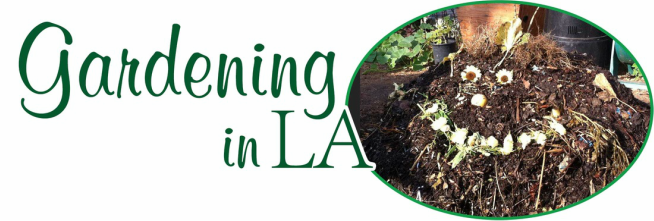
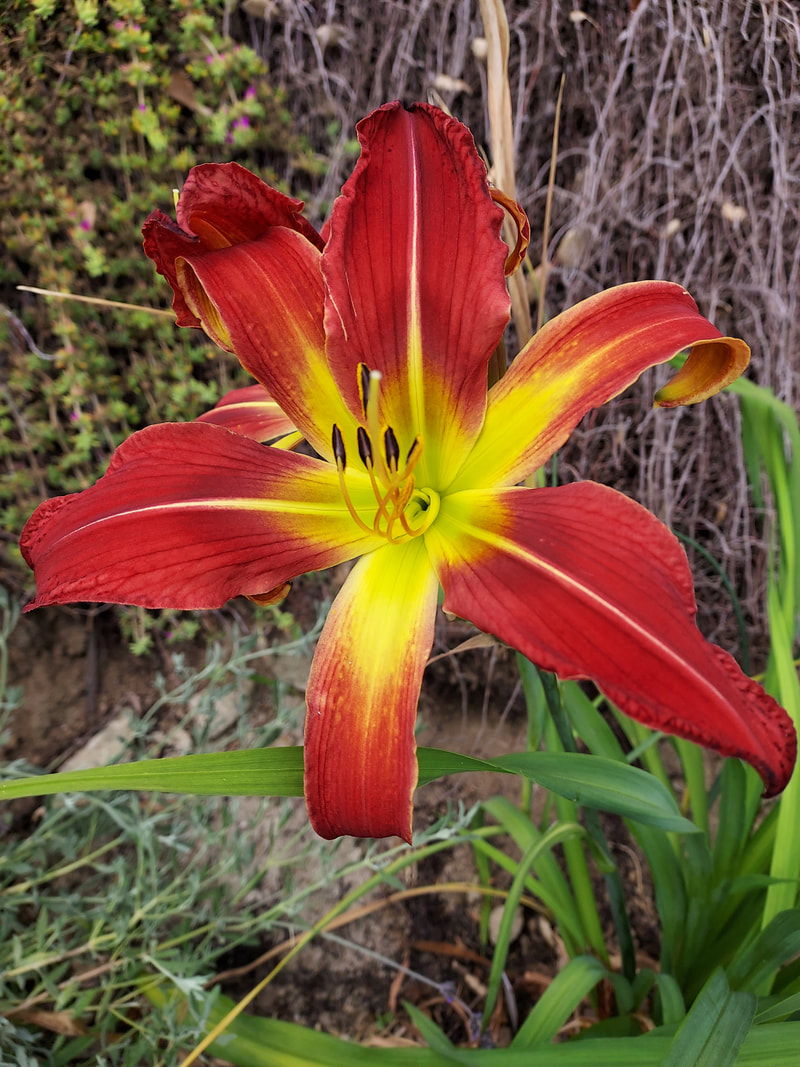
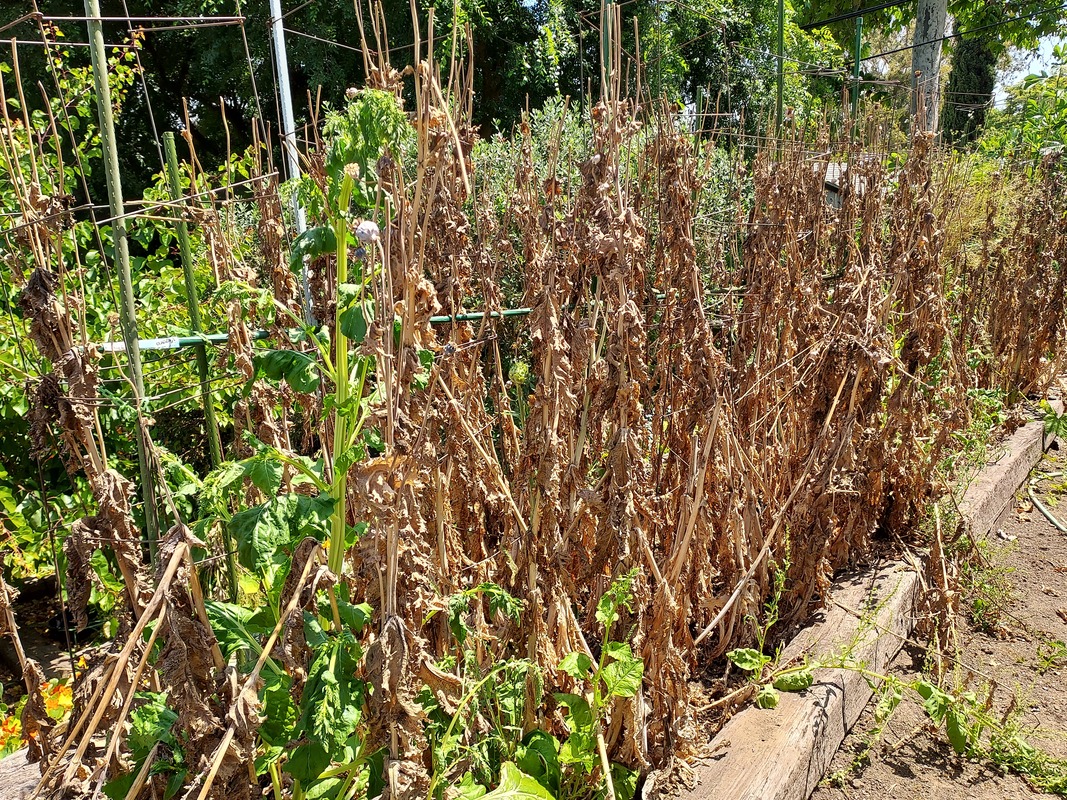
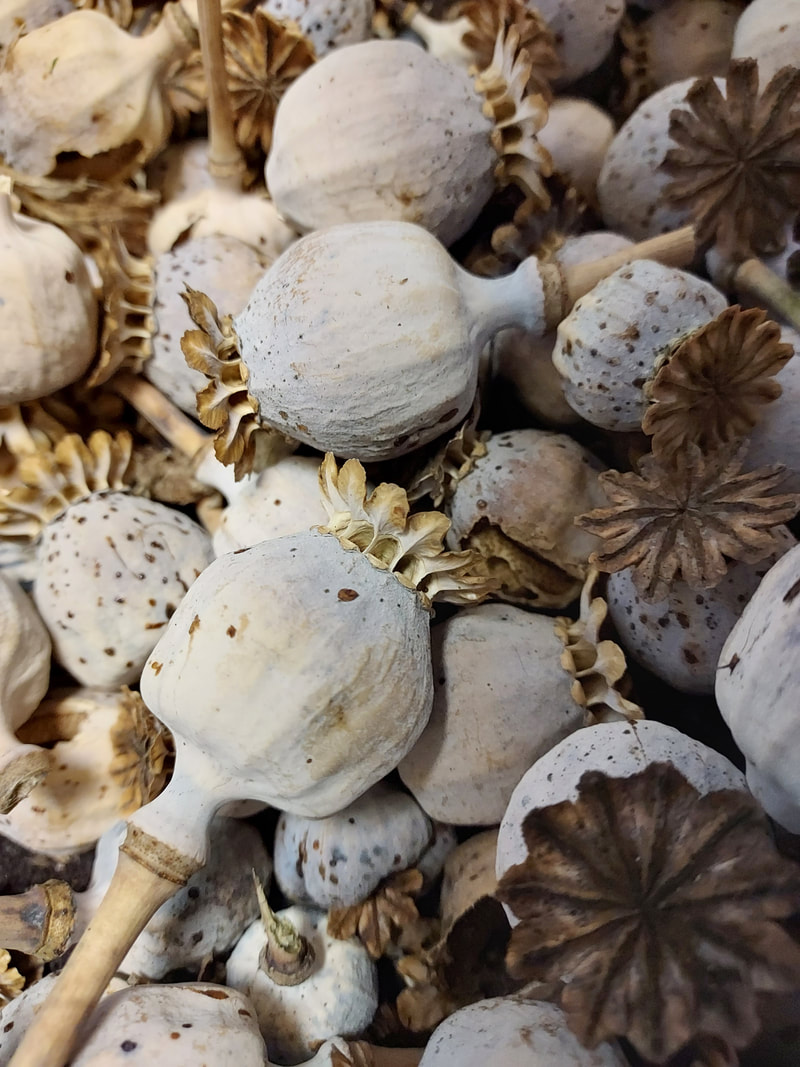
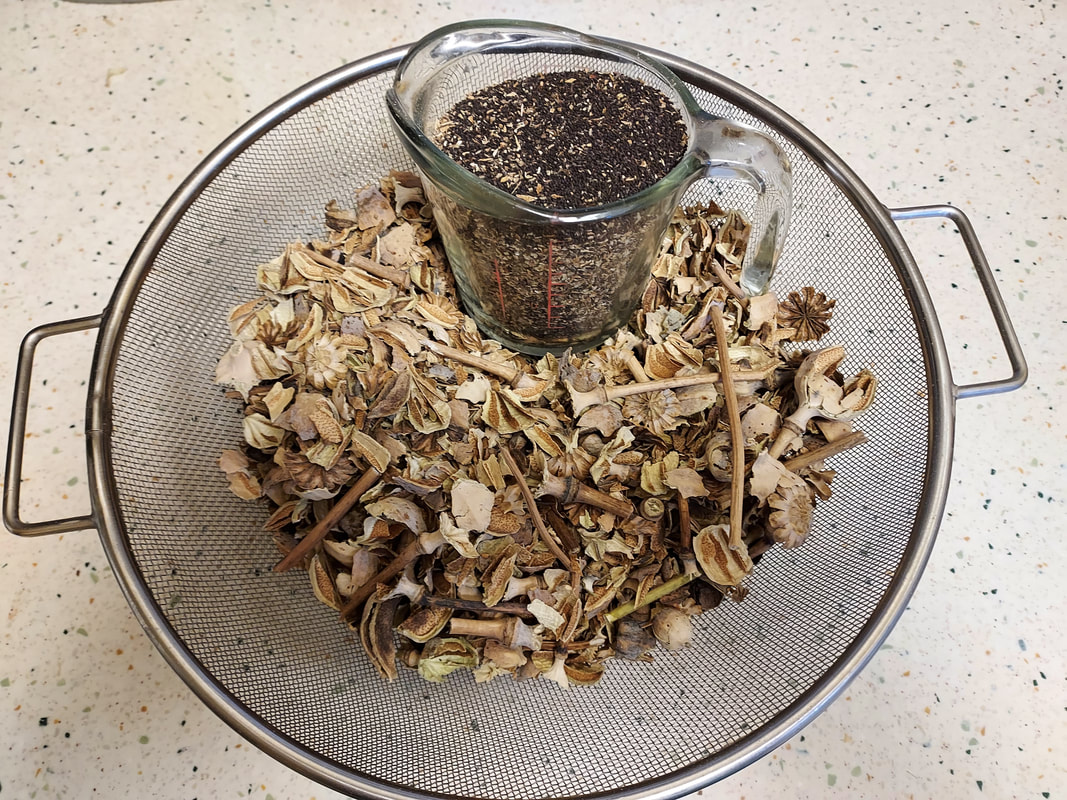
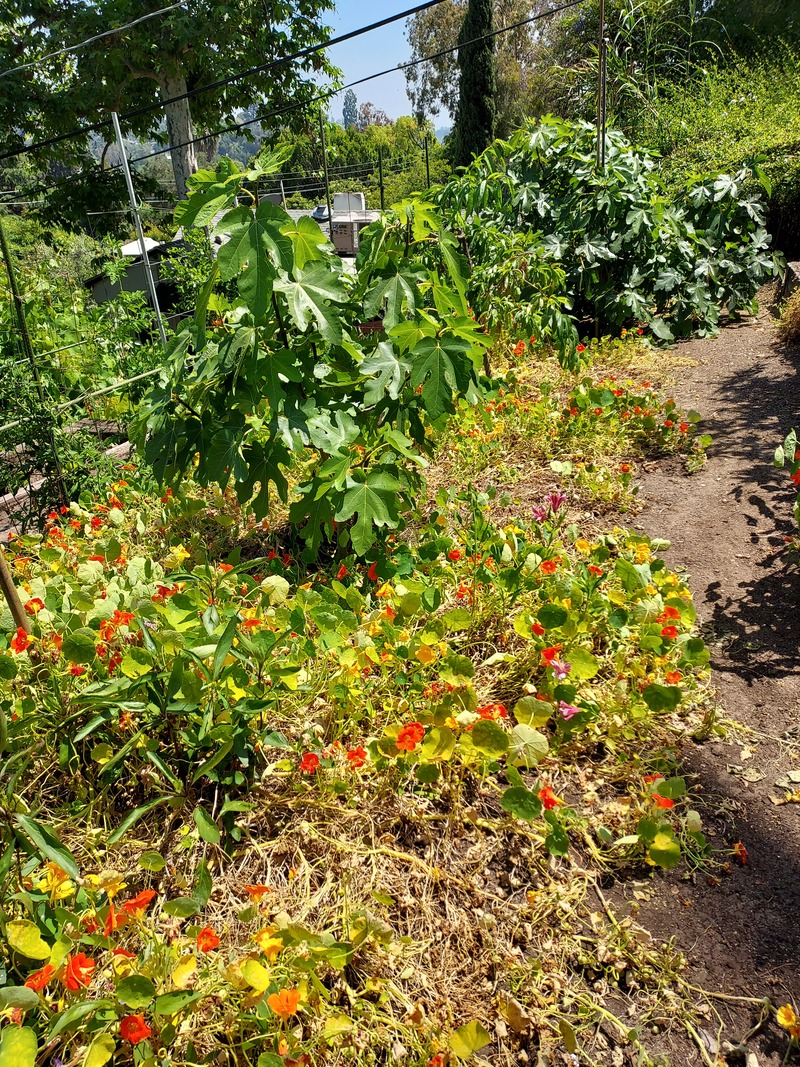
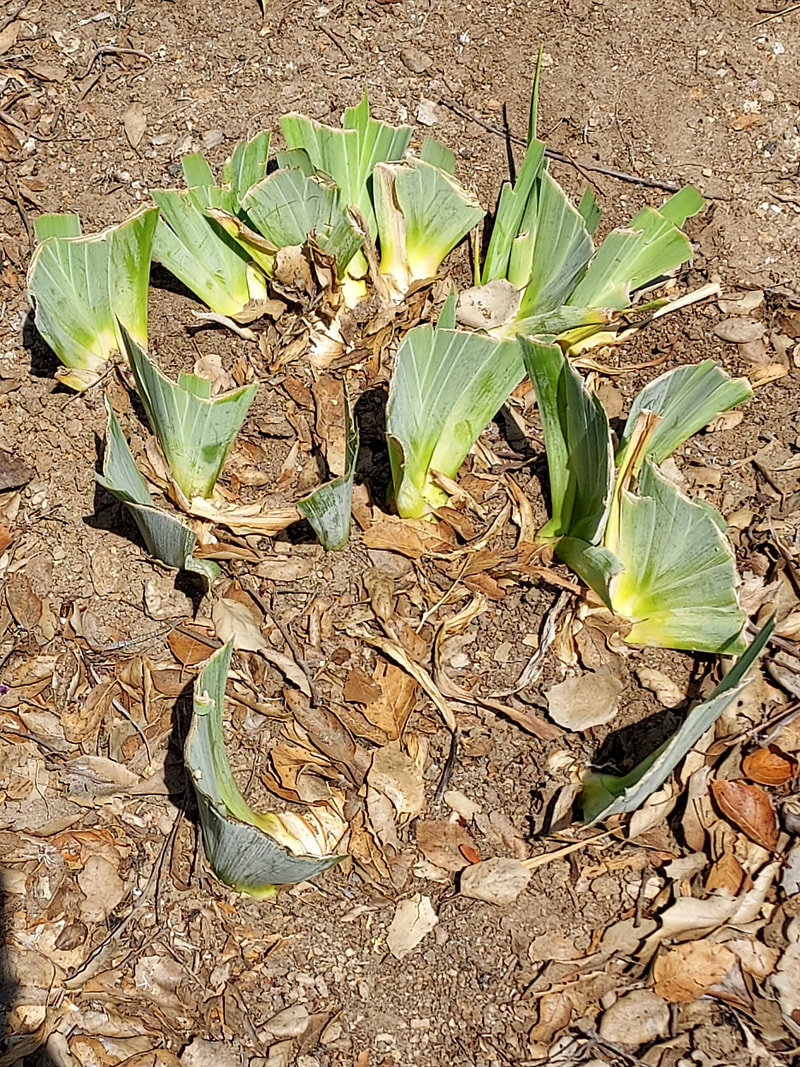
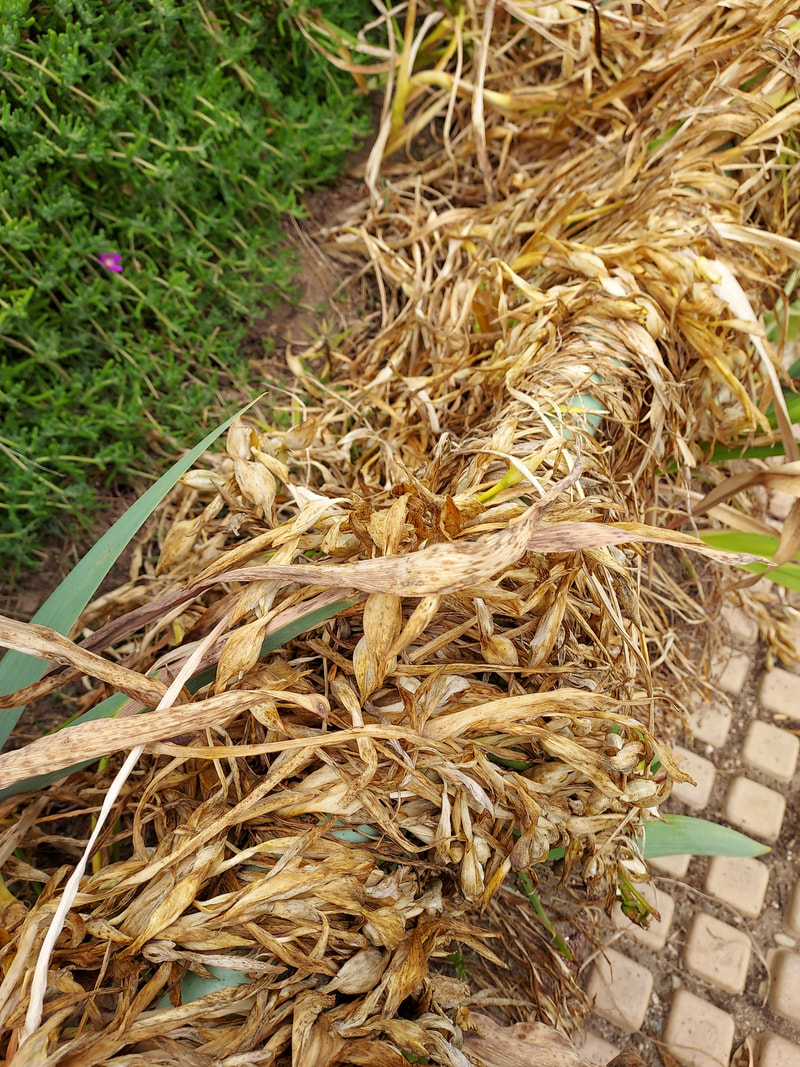
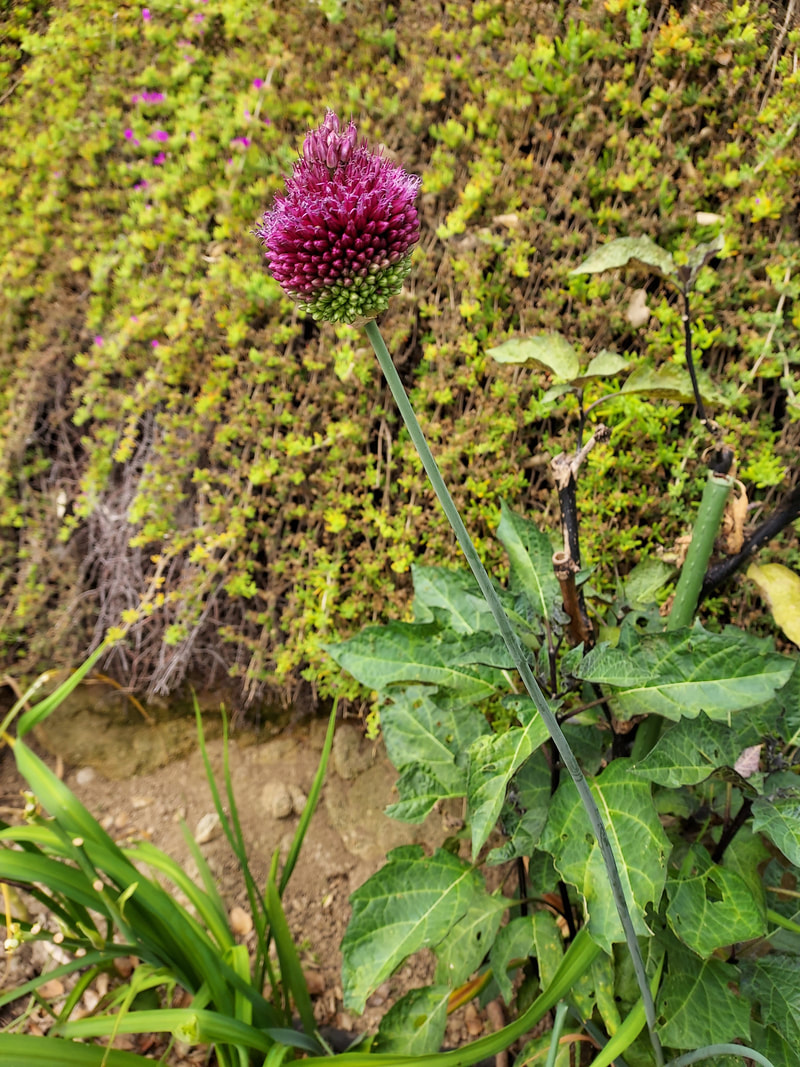
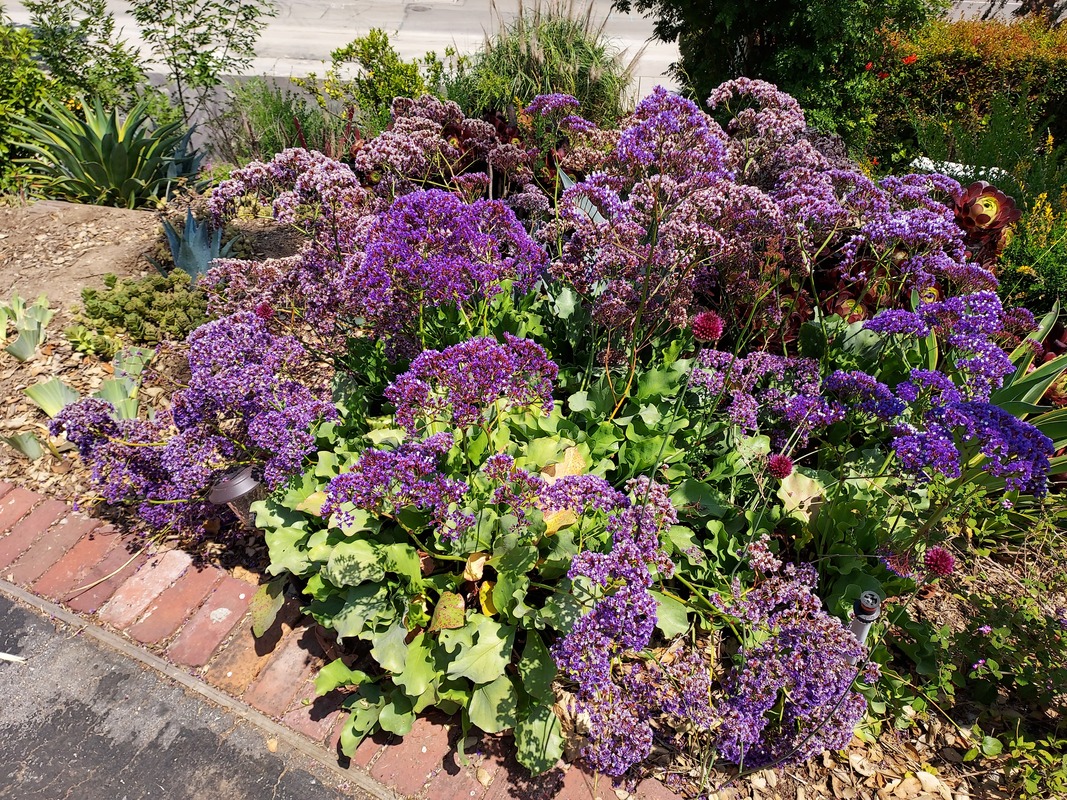
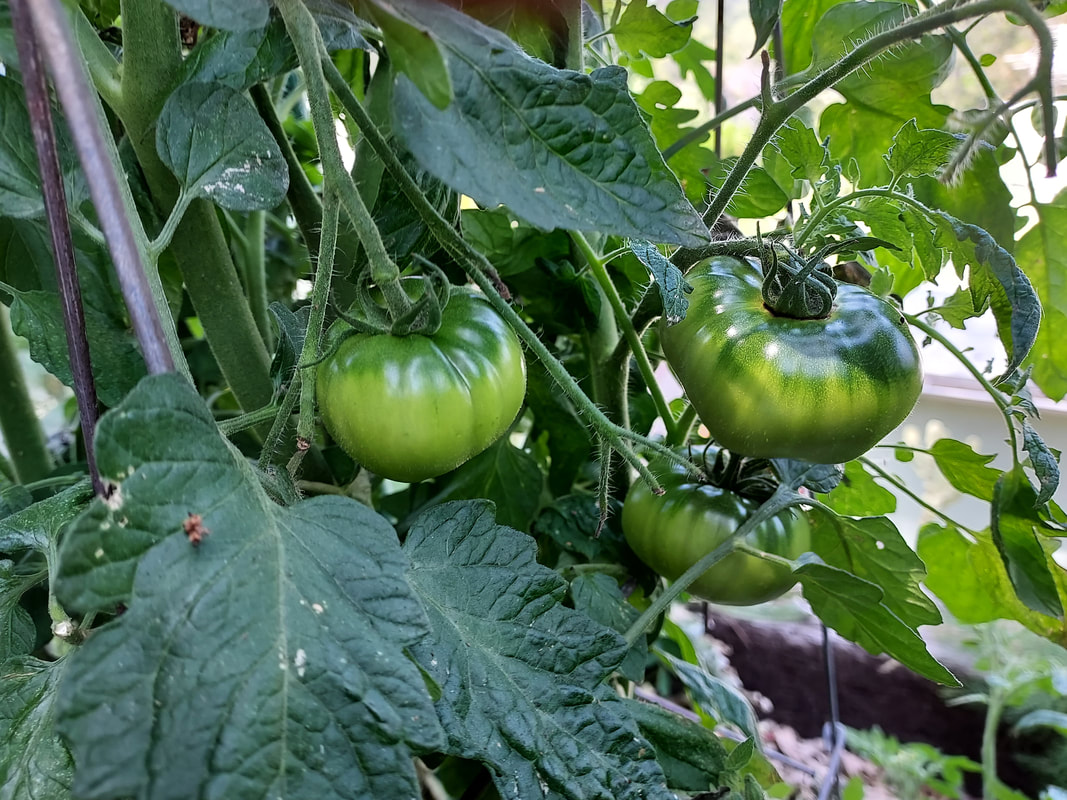
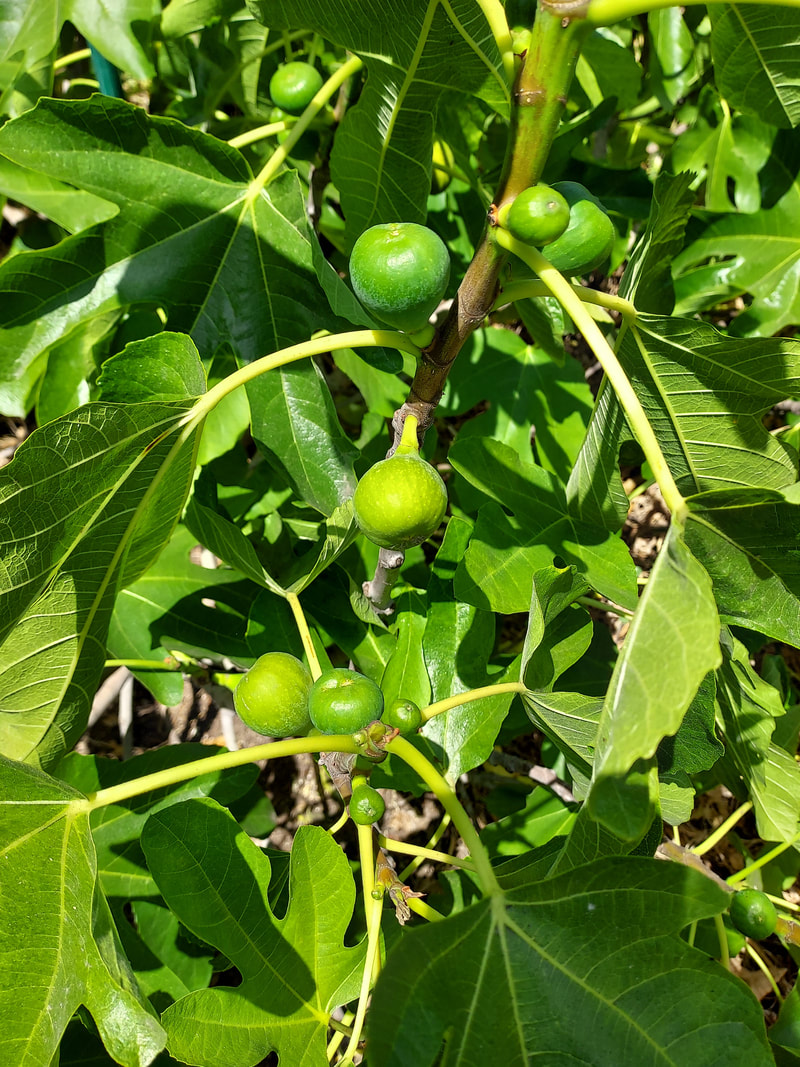
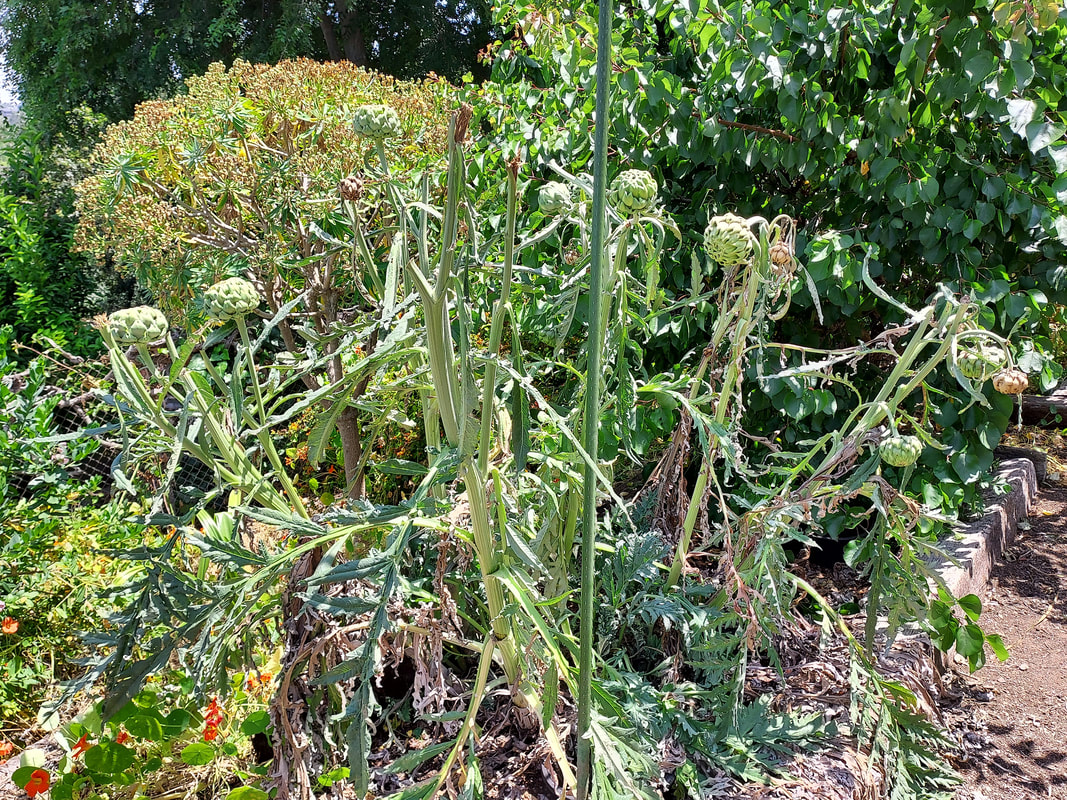
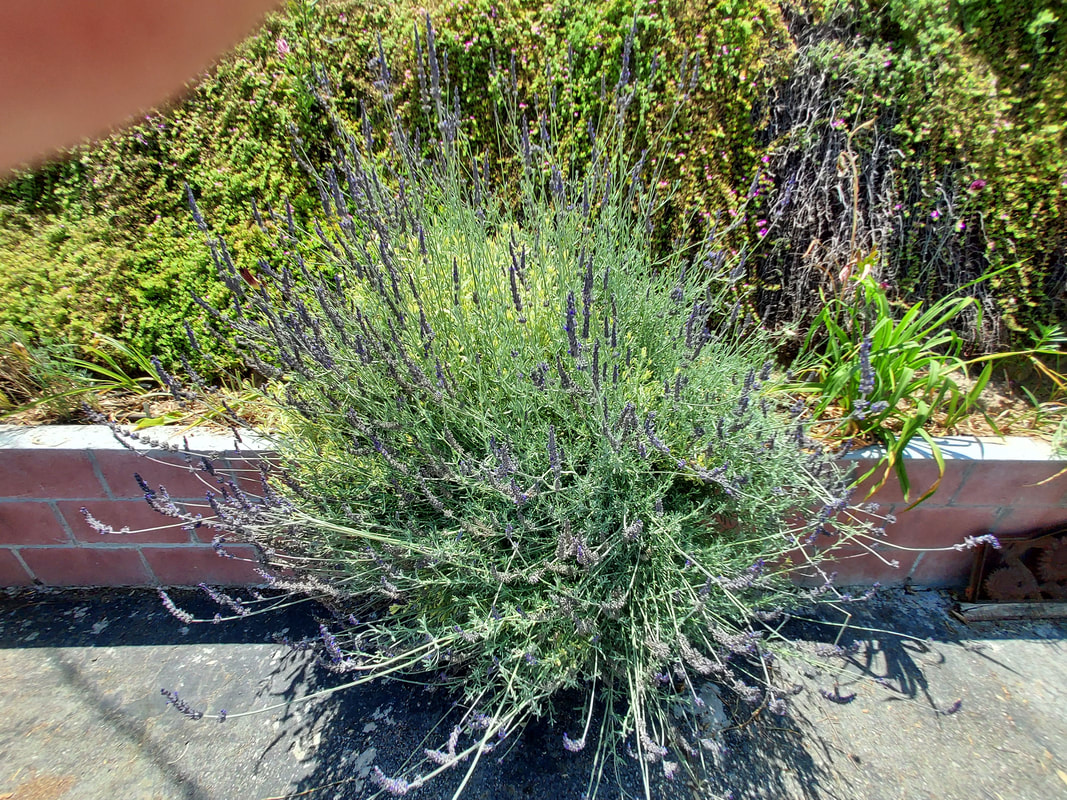
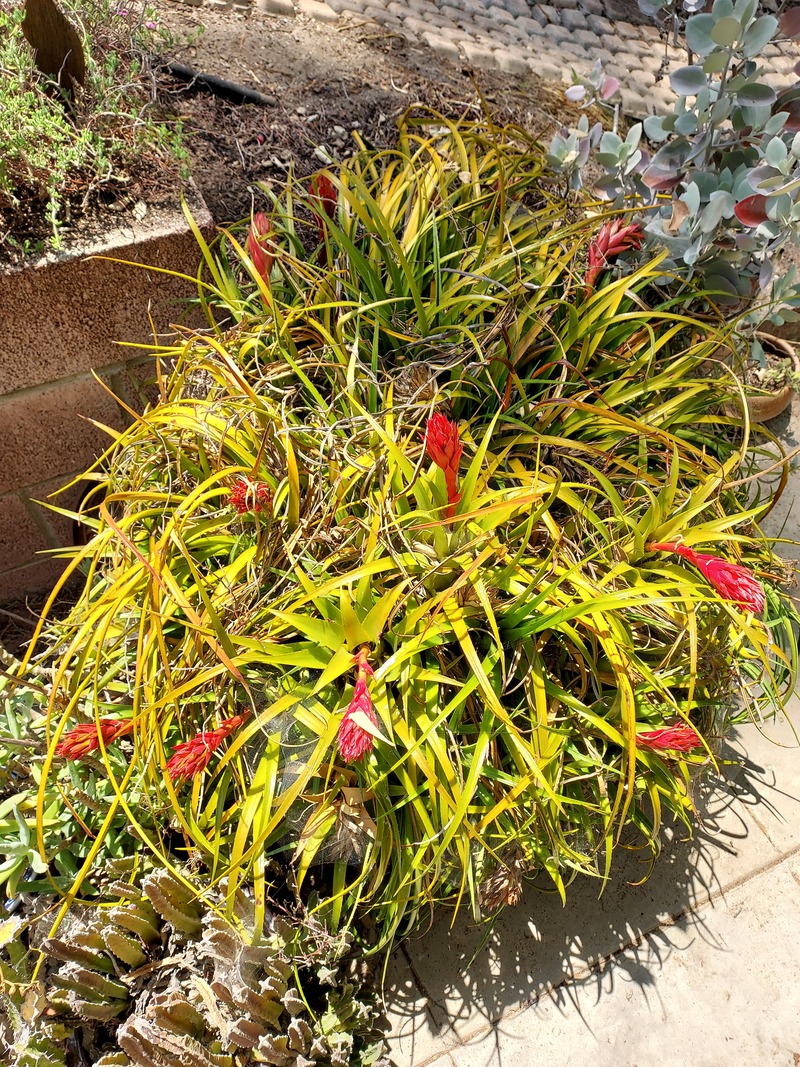
 RSS Feed
RSS Feed